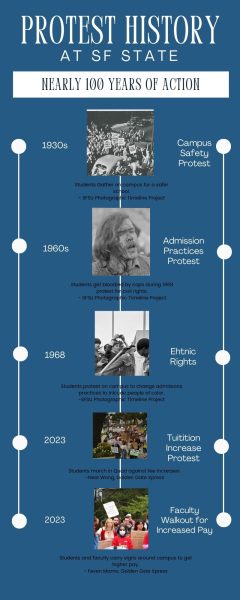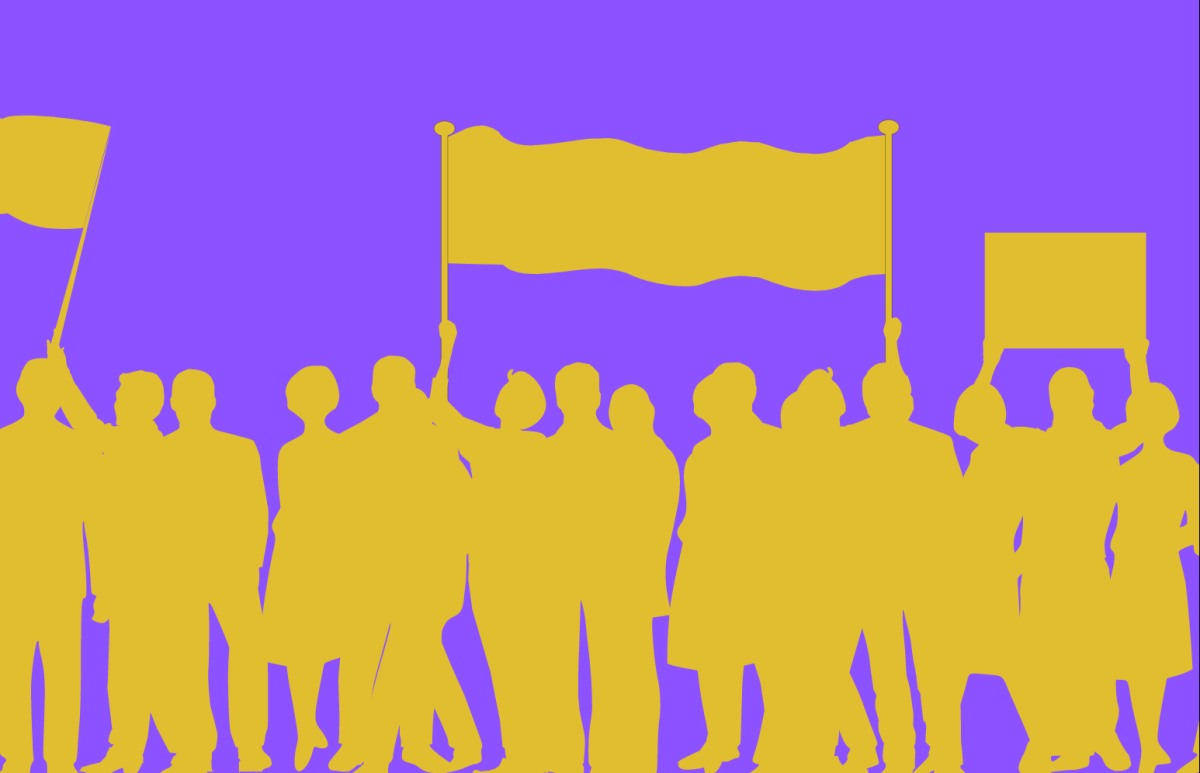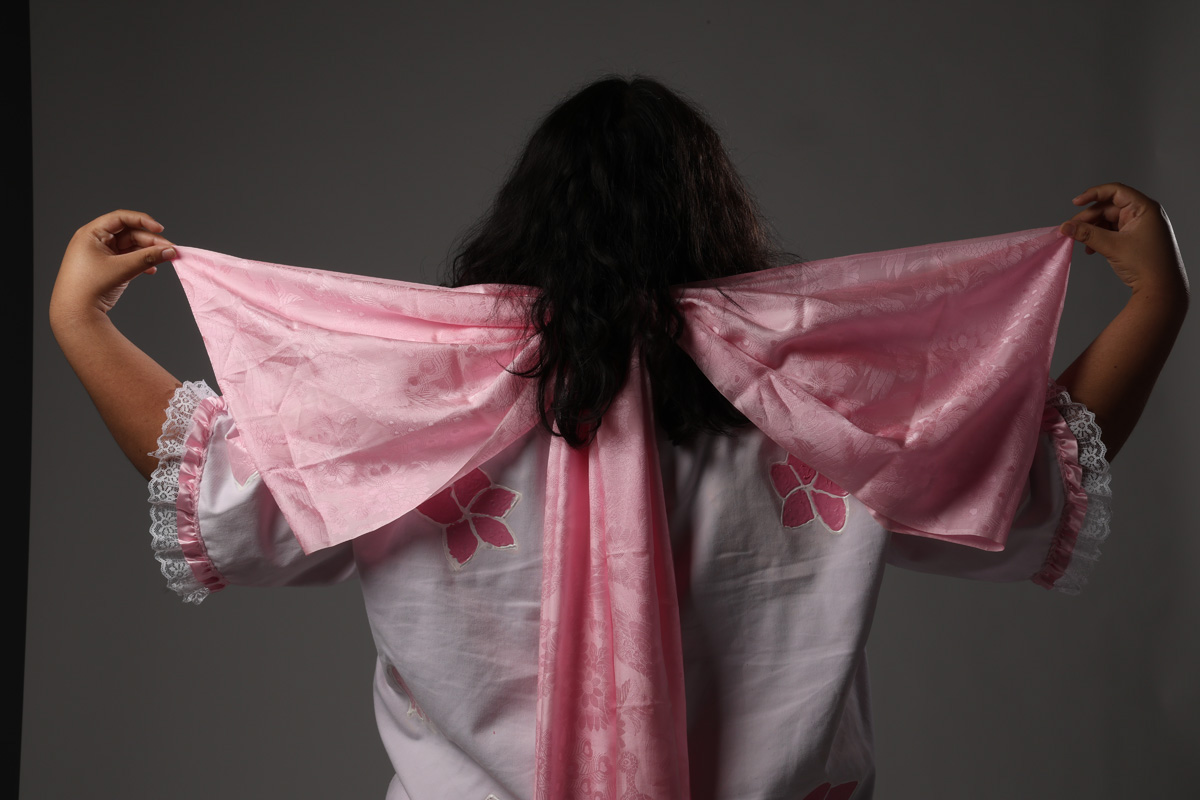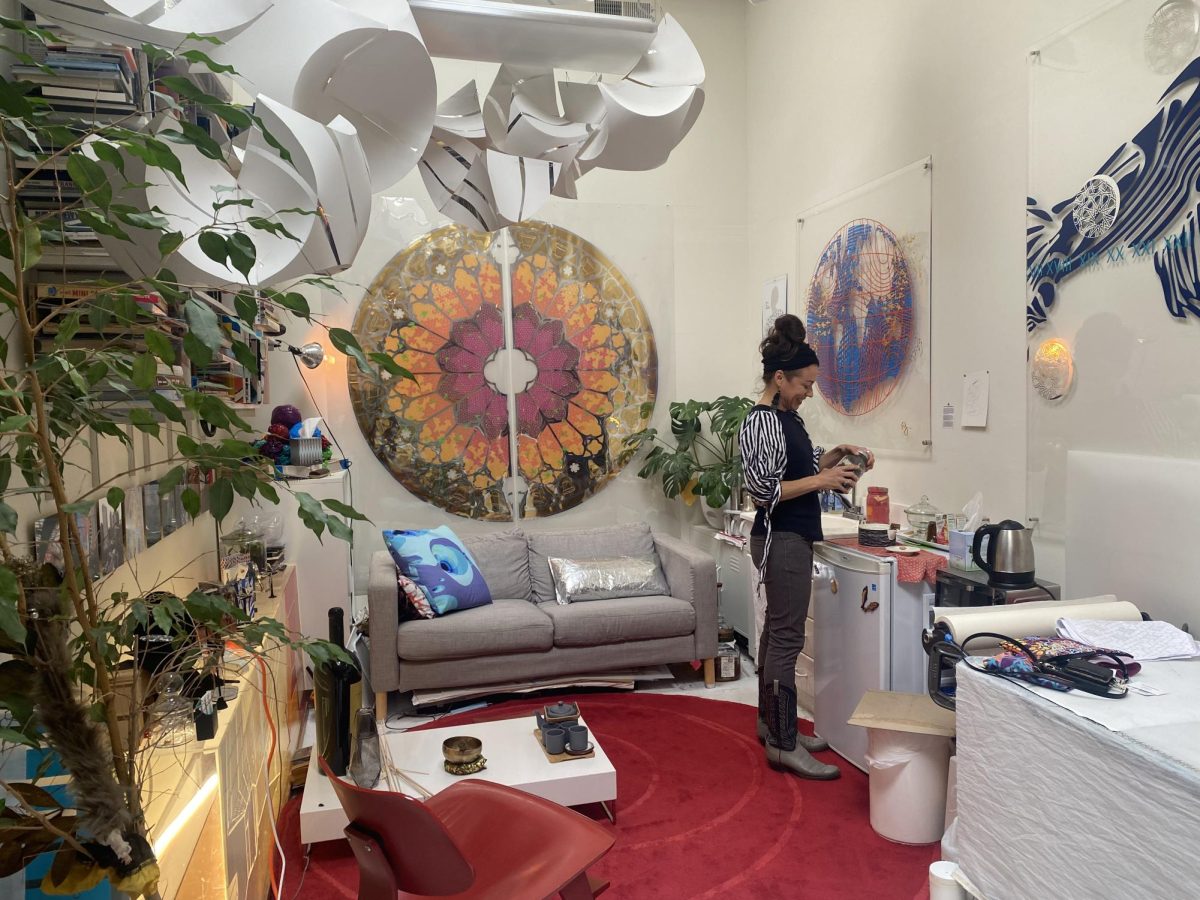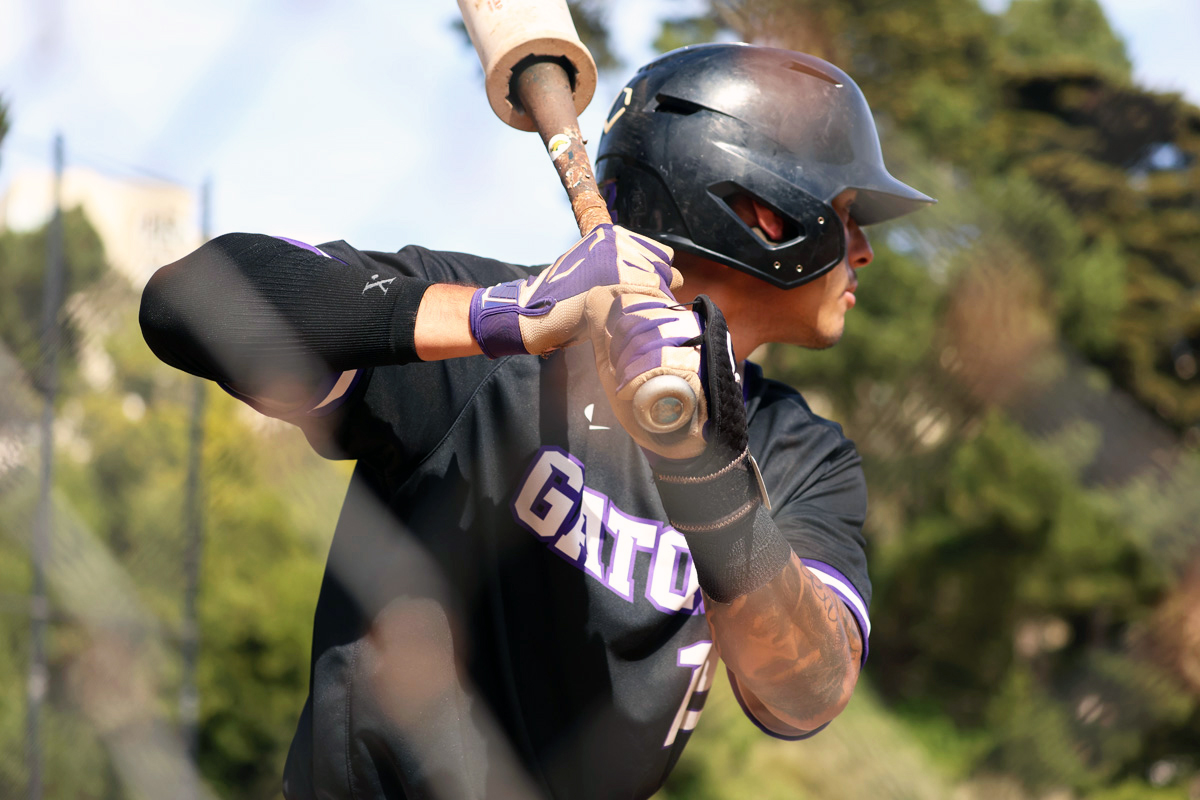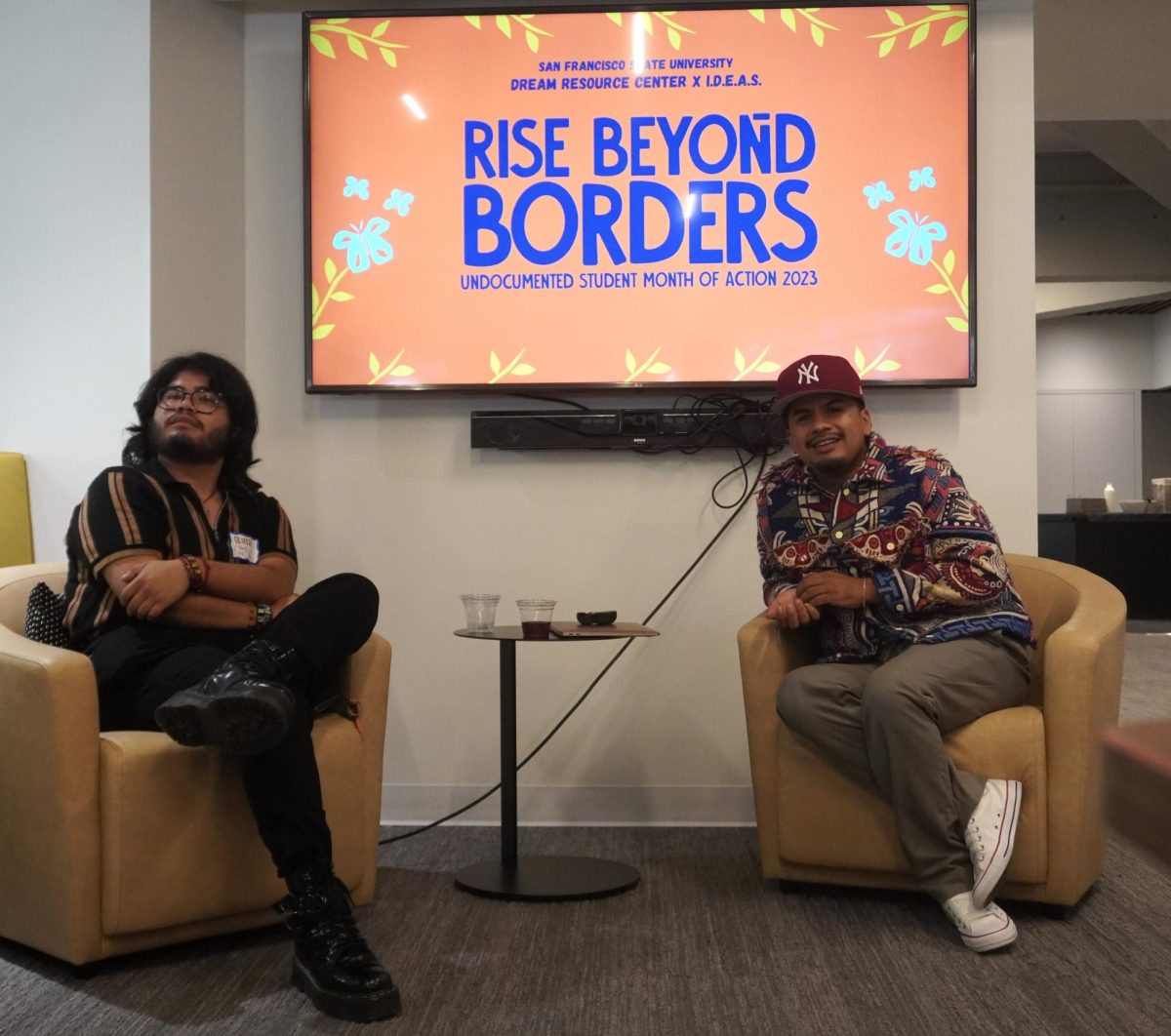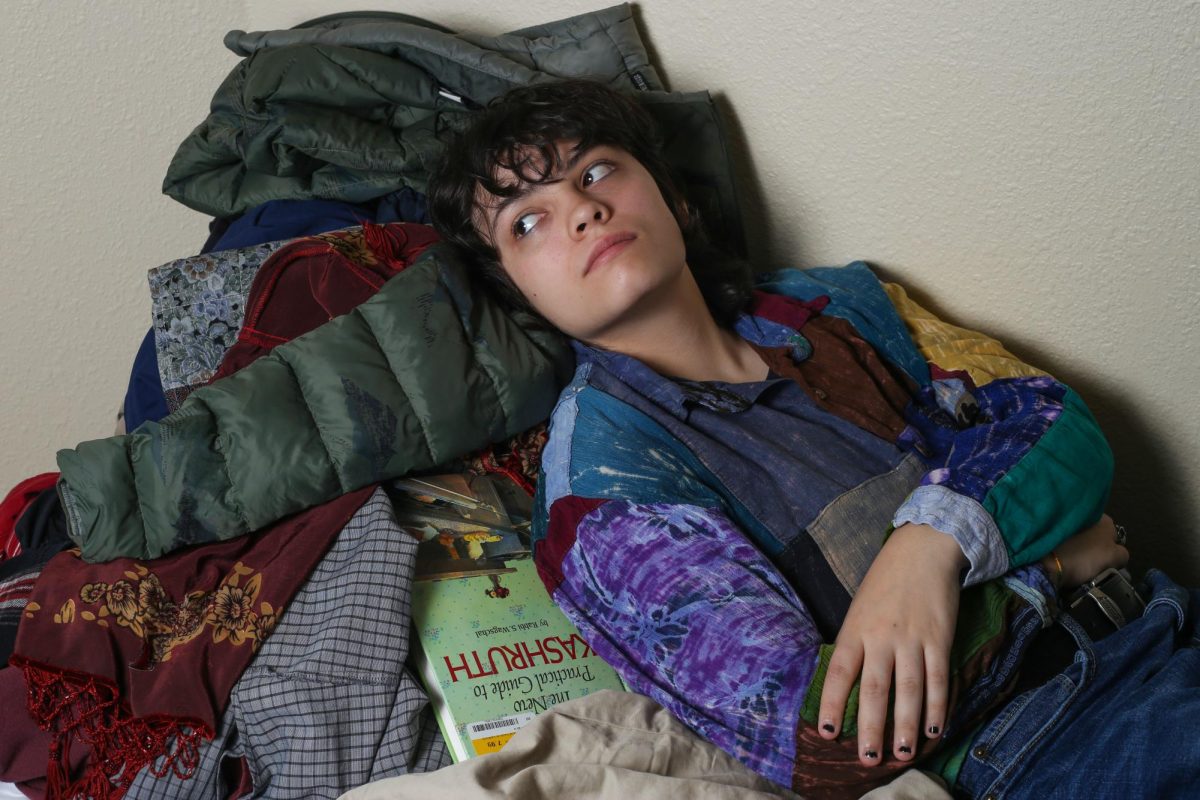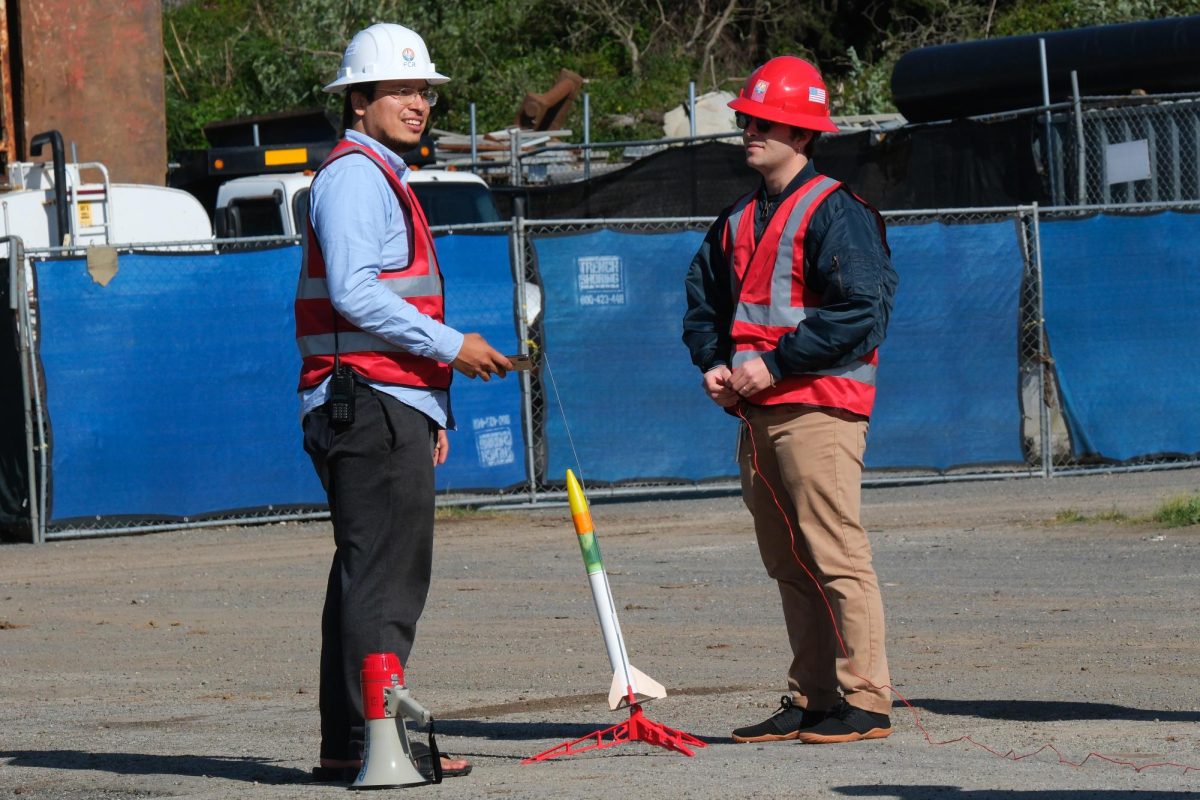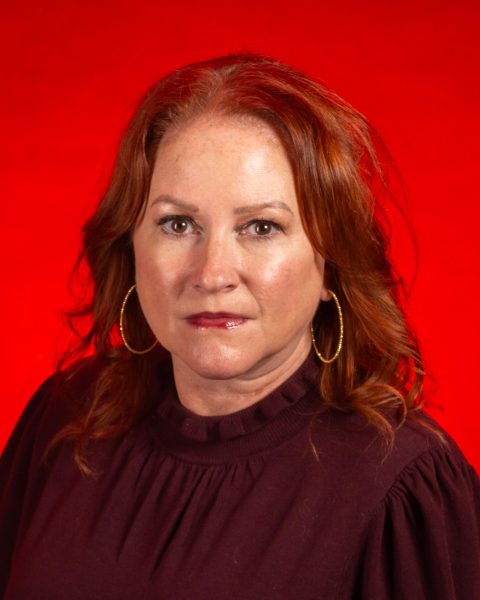This semester, the SF State community marched through campus, echoing chants and fighting for multiple causes. In September, chants of “Hey hey, ho ho, tuition hikes have got to go” were heard, as students opposing the 5% tuition hike marched around Malcolm X Plaza.
On Dec. 5, the California Faculty Association protested at SF State for better pay, asking for a 12% pay increase. There are protests all over the globe right now, demonstrating for a ceasefire between Israel and Palestine. Freedom of speech is a valuable tool used regularly by those who want change. The big question is: do they yield results? Does the activity create new policies, end wars or more? The answer, it seems, is sometimes. Taking SF State as an example, auditing the results of protests can give some insight into the matter.
SF State has affected change at a national level, in some instances. One of the most well-known was the protest in 1968 that was led by the Black Student Union (BSU) and the Third World Liberation Front (TWLF) over admissions practices. Over the years, SF State has maintained its reputation for activism since the early 1900s.
A history of protests at SF State
1930s
In what is reported as one of the earliest protests at SF State, in 1938 students organized to advocate for a safer campus. In the aftermath of the 1906 earthquake, most of the wood buildings burned down. At this time, the campus was mostly wood buildings, which students felt were unsafe. The student activists gathered in protest with signs that read “We want buildings, not woodpiles.”
“The President of the Associated Students Union [at the time] […] lobbied the legislature […] and got the funding. That was a successful protest,” said SF State librarian Meredith Eliasson.
1960s
The 1960s were a feverish time for activism around racial and social justice issues with the advent of the civil rights movement, the Vietnam War, marches on Washington for black rights and so many more. SF State set many precedents to protect free speech across the board. In 1962, the university introduced the Speaker’s Platform, a doctrine that, with the administration’s stamp of approval, protected free speech.
According to Eliasson, the Speaker’s Platform stated, “If a student does some …] political action, as long as they do not break the law, they will not be penalized by SF State.”
SF State was the first university to have this kind of protection for students. This protection removed any barrier for students to express themselves in a public forum.
Things heated up in the winter and spring of 1967-68. BSU protested comments made by the editor of SF State’s student-run publication, The Gater, who told the BSU explicitly that the newspaper only covered White students. The response to this by the BSU and others flooded the administration in protest.
“The student-led strike demanded an increase in minority student admission and faculty hiring and the establishment of a Third World College,” said Grace Yoo, dean of the College of Ethnic Studies at SF State, in an email. “Student protests met with a violent response from the SFSU administration and the San Francisco establishment that led to hundreds of injuries and over 400 wrongful arrests.”
Lasting for five months, the Third World Liberation Front strike was the longest in the history of the United States, and included a coalition of Asian American, Black, Chicano/Latino and indigenous students.
“Through the Black Student Union and Third World Liberation Front, this student movement birthed the first School of Ethnic Studies in the nation,” said Yoo.
The result of this nationally known protest was the creation of the Ethnic Studies program at SF State, now over 40 years old.
2023
With the two big protests this Fall, what seems clear is students use their voices to try and evoke change. It is also clear that protests are deeply woven into the fabric of SF State, and some have changed things drastically. However, it is too soon to tell if the ones this fall will move the needle.
